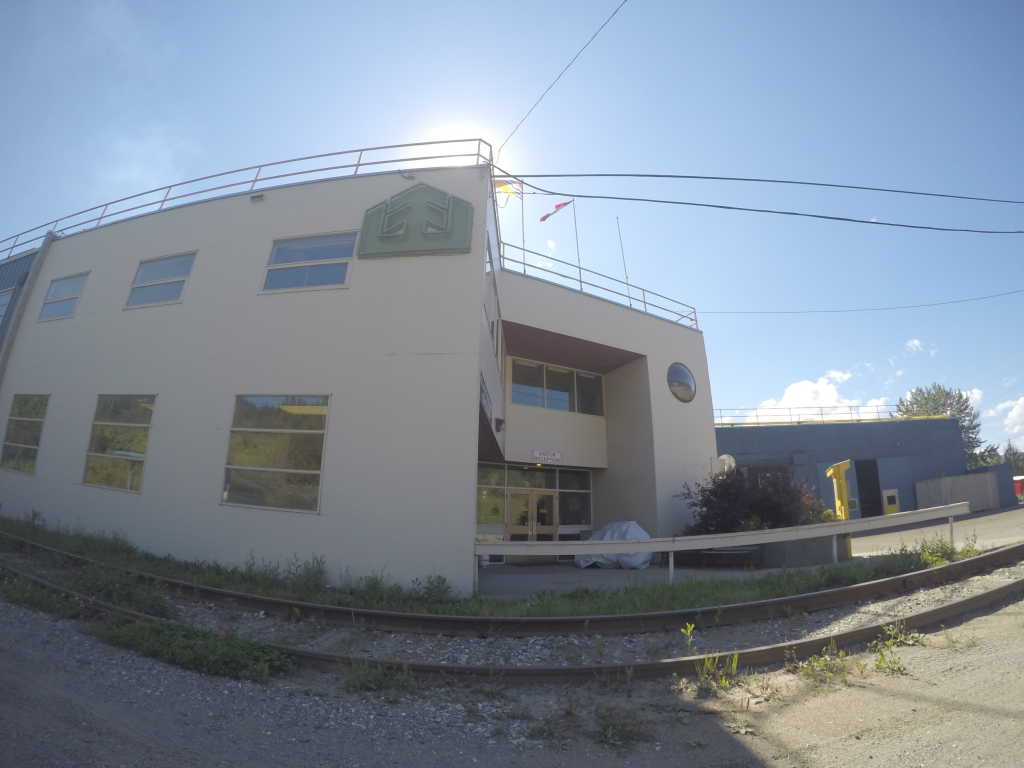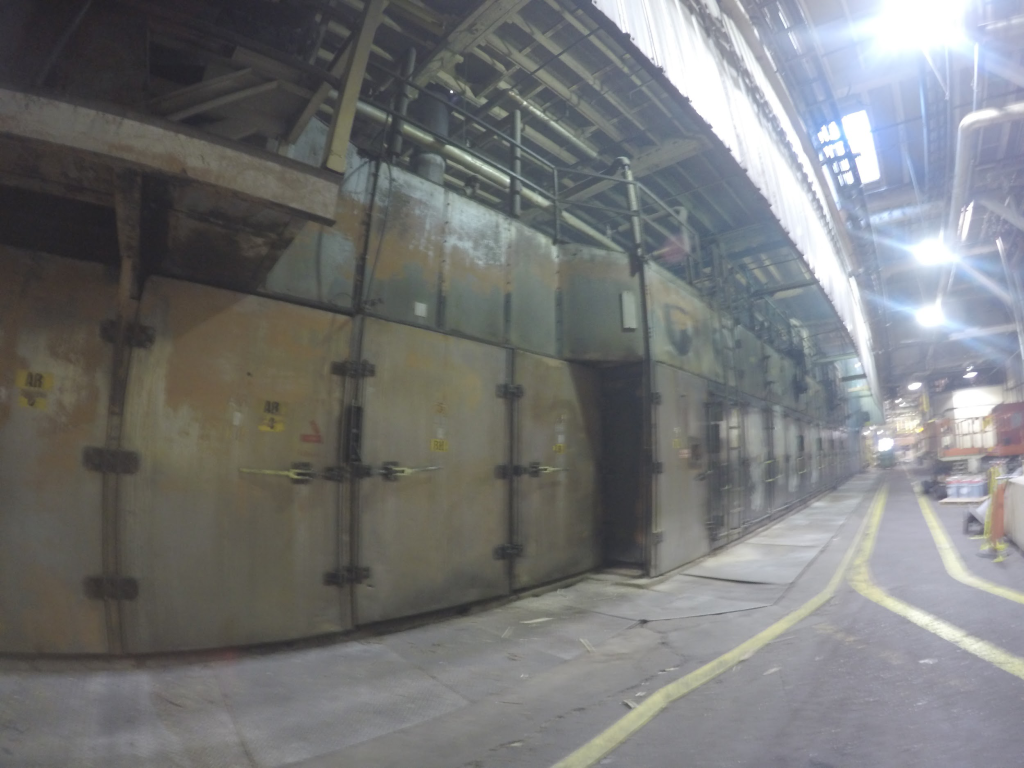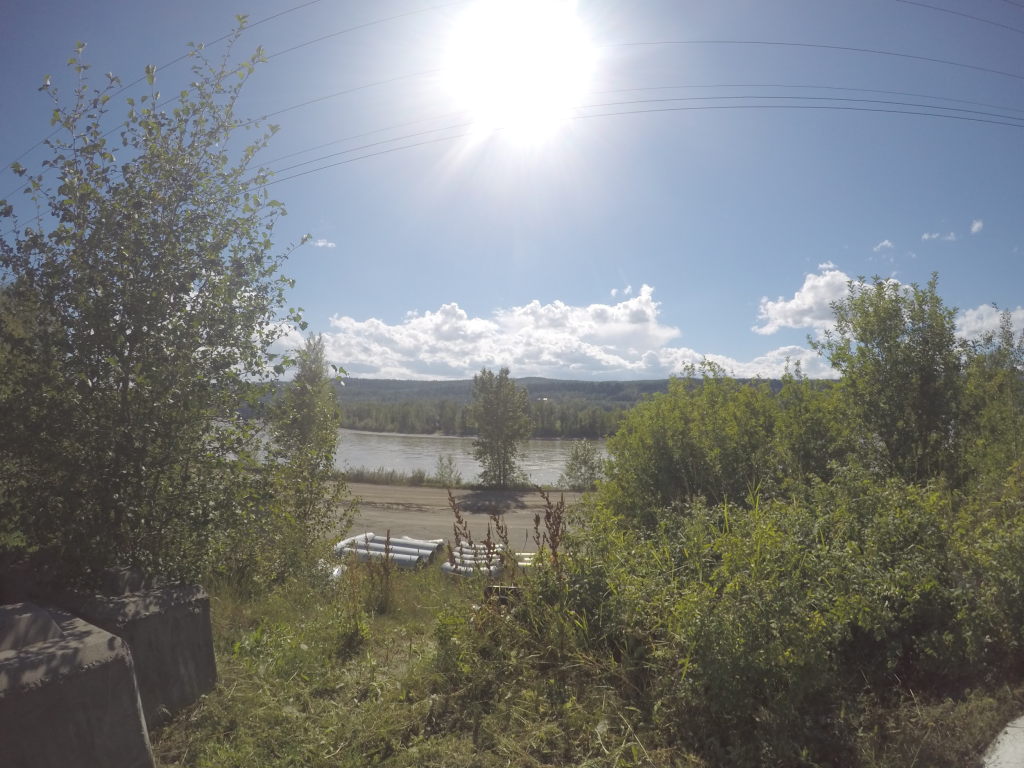Drying Plywood at West Fraser
August 8, 2016 4:26 pm 1 Comment
As it might seem like it from my past blogs, but my summer isn’t entirely full of outdoor adventures; I do have to spend some time working. I’ve worked at West Fraser’s Quesnel Plywood a few different times over the past four years in between going to school and taking some time off to travel. They’ve been generous enough to keep hiring me back and at the moment I’m working as a summer student so that I go to British Columbia Institute of Technology and pursue a career in media.
When I’m at school and I tell my classmates about where I’m from and what I do for work during my time off and they’re a little curious about exactly what it is that I do. So, I’ll explain it in this blog.
Plywood is thinner sheets of veneer that get stripped from logs and then get glued and pressed together to make a thicker sheet of plywood. There a lot of steps to this process but the step I’m most involved in is the drying process. Quesnel Plywood has three dryers. Two are automatic with an operator on each end to work the controls and make sure nothing goes wrong. The third is a little different; it has 2 or 3 people on each end manually feeding venner into the dryer and stacking it once it’s through. I’m usually doing either one of the these jobs. I’ve been trained on the other two dryers but since I’ve left the mill and come back I’m working at Dryer #3 which is where they start new hires.
When the veneer is rolled off the logs it goes down a lathe and gets pulled and stacked by three people. After that it will go to the dryers and the wet stacks of wood get fed into the dryer. It takes about 10-15 minutes for the wood to run through depending on the type of wood. There are five racks made up of rollers in the dryer and each rack fits about 3-6 pieces of veneer depending on their size. Some are smaller random pieces called comps and some are nice big sheets. The sheets (see below) are a bit easier to work with because they’re heavier so the dryer runs slower.
Once they go through the dryer they come out on a table and there’s two people that will pull it off the table and stack it onto carts. Then it gets taken by a forklift to the next steps of the process, like patching any holes and getting pressed together. If it isn’t dry, there’s sensors at the end of the dryer that mark it with paint. Then it gets re-fed and goes through for a second time. Yesterday, a piece of wood came out funny and hit one of the sensors so it broke and I was covered in blue paint. But that’s one reason why nobody wears nice clothes to work.
Another thing about the dryer is that it can get extremely hot. You have to wear a lot of extra clothes for protection and when it’s 30? outside it can feel like 40?. It’s also just hot because it’s a dryer. If the dryer is stopped for too long and the veneer is sitting inside it can actually catch fire. Dryer #3 rarely catches fire, but the other two do every so often. I had to press the alarm a few weeks ago for the fire crew to come put out a small fire on Dryer #2. Don’t worry, it’s not as scary as it sounds. That’s why we have a fire crew and many many safety procedures. To deal with the heat we have fans and water coolers nearby. Yesterday was really hot so the foremen actually got a cooler of sports drinks and gave them to everyone. I don’t actually like sports drinks but it was cold and a nice gesture so I drank it anyway.
Sometimes the dryers can get plugged up. This happens if a piece of veneer breaks and catches in the rollers. If you don’t hear it when you’re feeding the wood can get caught and and stuck if something’s blocking them from moving. It can get a bit irritating when that happens. We usually can pull it out with a pike pole, which is a long pole with a hook at the end. But if we can’t we have to shut it down and each put individual locks on so that nobody else can start it if we have to go inside. If this happens we have to open all of the doors on the sides of the dryer so that it doesn’t get too hot.
Even though the job can be physical and dirty and really hot at times and at the end of the day I have black dust up my nose, I would take this over an angry customer yelling at me any day. It’s not stressful at all and I’m able to save up money to go to school, which is pretty great. This might be my last summer here as I finish school next year, but it’s been a really great opportunity for me and it’s kind of fun to explain the process to all of my big city friends in Vancouver. The mill also lives up to it’s name and is right along the Fraser River.




1 Comment
Are there any concerns about dust buildup or spark in the air at this mill?
when you say that your nostril’s we’re covered in black, do you have any idea where this substance would be coming from?
Call me I’d like to discuss a few of your experiences as you seem very detailed, the information we discuss will be confidential.